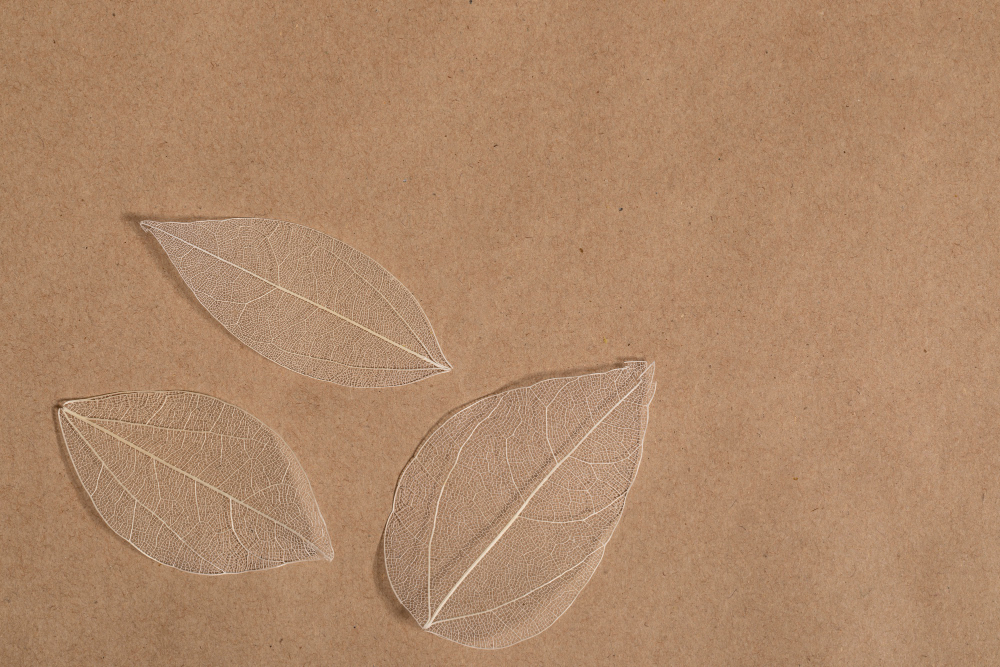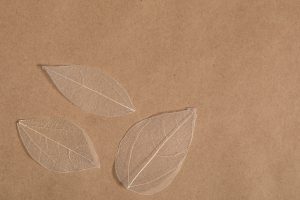
In an era of heightened environmental awareness, the quest for sustainable alternatives to traditional practices has taken center stage. One domain facing scrutiny is paper production—a process often associated with deforestation and ecological harm. However, a revolutionary solution is emerging: a RE-LEAF paper. Contrary to misconceptions, this innovative paper is not a culprit in destroying forests but a preservation champion. In this exploration, we debunk myths surrounding RE-LEAF paper, delve into its eco-friendly production process, and celebrate its role in safeguarding forests while meeting our paper needs.
Myth vs. Reality: Dispelling Misconceptions about RE-LEAF Paper
The common misconception that paper production inherently contributes to deforestation is far from the truth regarding RE-LEAF paper. Unlike conventional paper production that relies heavily on virgin wood pulp, RE-LEAF paper utilizes a different approach—one that harnesses agricultural residues, such as wheat straw and sugarcane waste, as its primary raw material source. By sidestepping the demand for fresh trees, RE-LEAF paper strikes a harmonious balance between paper consumption and forest preservation.
Agricultural Residues as Renewable Resources
RE-LEAF paper’s foundation uses agricultural residues—abundant, renewable materials that would otherwise go to waste. These residues are byproducts of food production processes, and their conversion into paper addresses two challenges at once: reducing agricultural waste and alleviating pressure on forests. By utilizing these residues, RE-LEAF paper embraces a circular economy approach, minimizing waste while conserving natural resources.
The Making of RE-LEAF Paper
The production process of the RE-LEAF paper further solidifies its eco-friendly credentials. Traditional paper production often involves resource-intensive steps like wood chipping and bleaching. In contrast, RE-LEAF paper’s manufacturing process is less energy-intensive and chemical-dependent, resulting in a significantly reduced carbon footprint. This method showcases that innovation can thrive when sustainability is prioritized.
Recycling and End-of-Life Considerations
RE-LEAF paper’s commitment to sustainability extends beyond its creation and addresses its end-of-life impact. Like conventional paper, RE-LEAF paper is recyclable, allowing its fibers to be repurposed into new paper products. Furthermore, its use of agricultural residues in no way competes with food production; instead, it repurposes materials that are often overlooked or discarded, enhancing the efficiency and circularity of our resource utilization.
A Game-Changer for Forest Conservation
Adopting RE-LEAF paper heralds a transformative shift in how we think about paper and its environmental impact. By reducing reliance on virgin wood pulp, this innovative solution reduces the strain on forests, curbing deforestation and habitat destruction. The preservation of forests, in turn, bolsters biodiversity, supports local communities, and mitigates climate change—a far-reaching impact reverberating beyond paper production.
Encouraging Industry-wide Change
RE-LEAF paper’s emergence doesn’t exist in isolation; it sets a precedent for sustainable innovation across industries. As consumers and businesses opt for environmentally friendly alternatives, market demand shifts towards eco-conscious solutions. This ripple effect encourages other sectors to explore creative approaches to resource utilization, leading to a more harmonious relationship between economic progress and environmental preservation.
The Role of Education
Education is pivotal in empowering consumers to make informed choices. By dispelling myths surrounding RE-LEAF paper and highlighting its benefits, individuals gain the knowledge they need to align their consumption with their environmental values. The more consumers understand the positive impact of their choices, the greater the momentum for adopting sustainable alternatives.
Envisioning a Greener Future
Picture a world where paper production no longer contributes to deforestation, forests thrive alongside human progress, and innovation harmonizes with nature. This is the future that the RE-LEAF paper envisions and embodies—where solutions are rooted in sustainability, challenges are met with creative ingenuity, and industries become catalysts for positive change.
Writing a New Chapter of Sustainability
RE-LEAF paper is more than a product; it’s a testament to innovation’s power to rewrite the resource utilization narrative. By prioritizing agricultural residues over virgin wood pulp, RE-LEAF paper provides a sustainable alternative and reshapes our relationship with forests. As we embrace this groundbreaking solution, we embark on a journey toward a future where paper consumption no longer comes at the cost of our planet’s precious ecosystems. RE-LEAF paper isn’t just redefining reports—it’s redefining sustainability itself.




